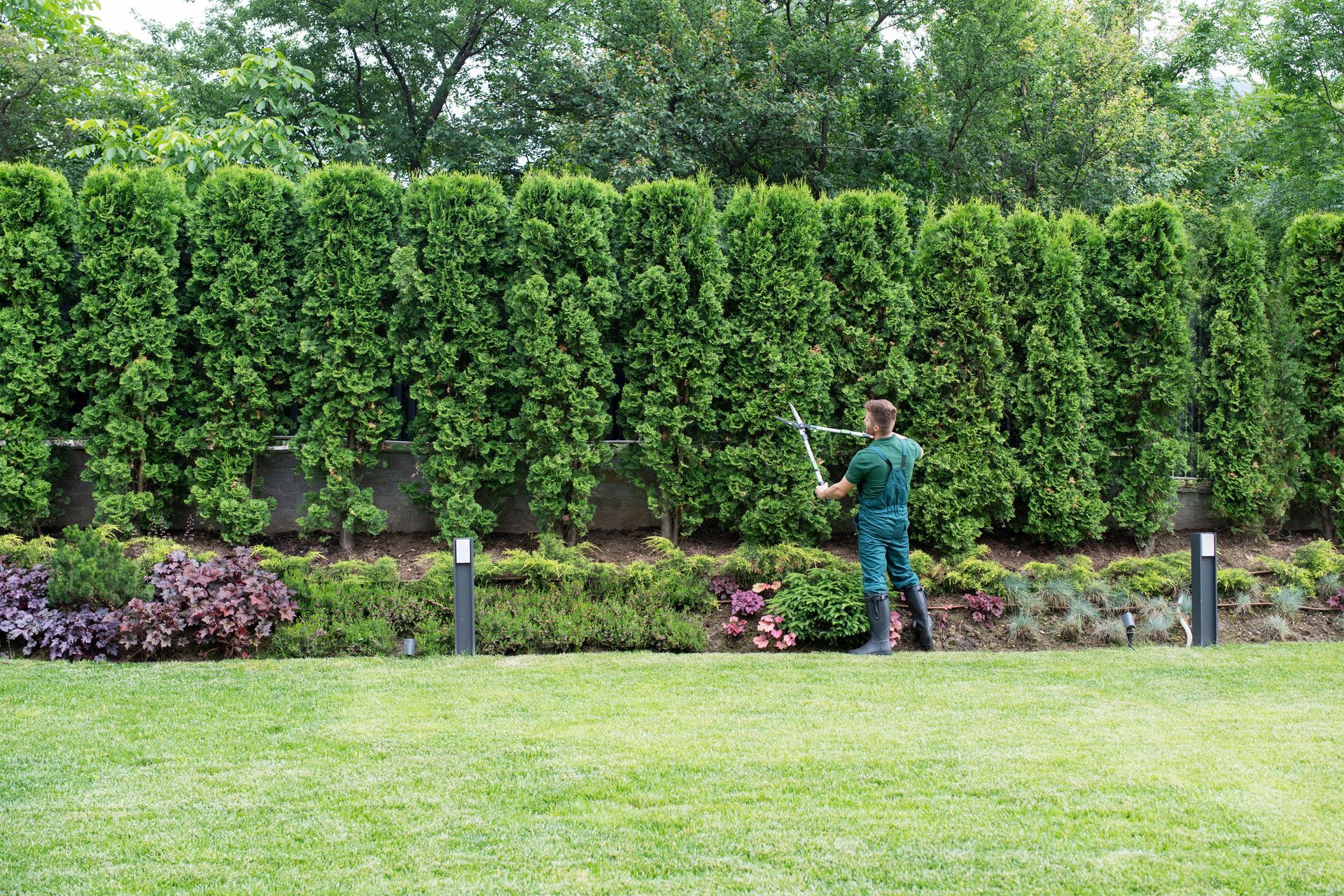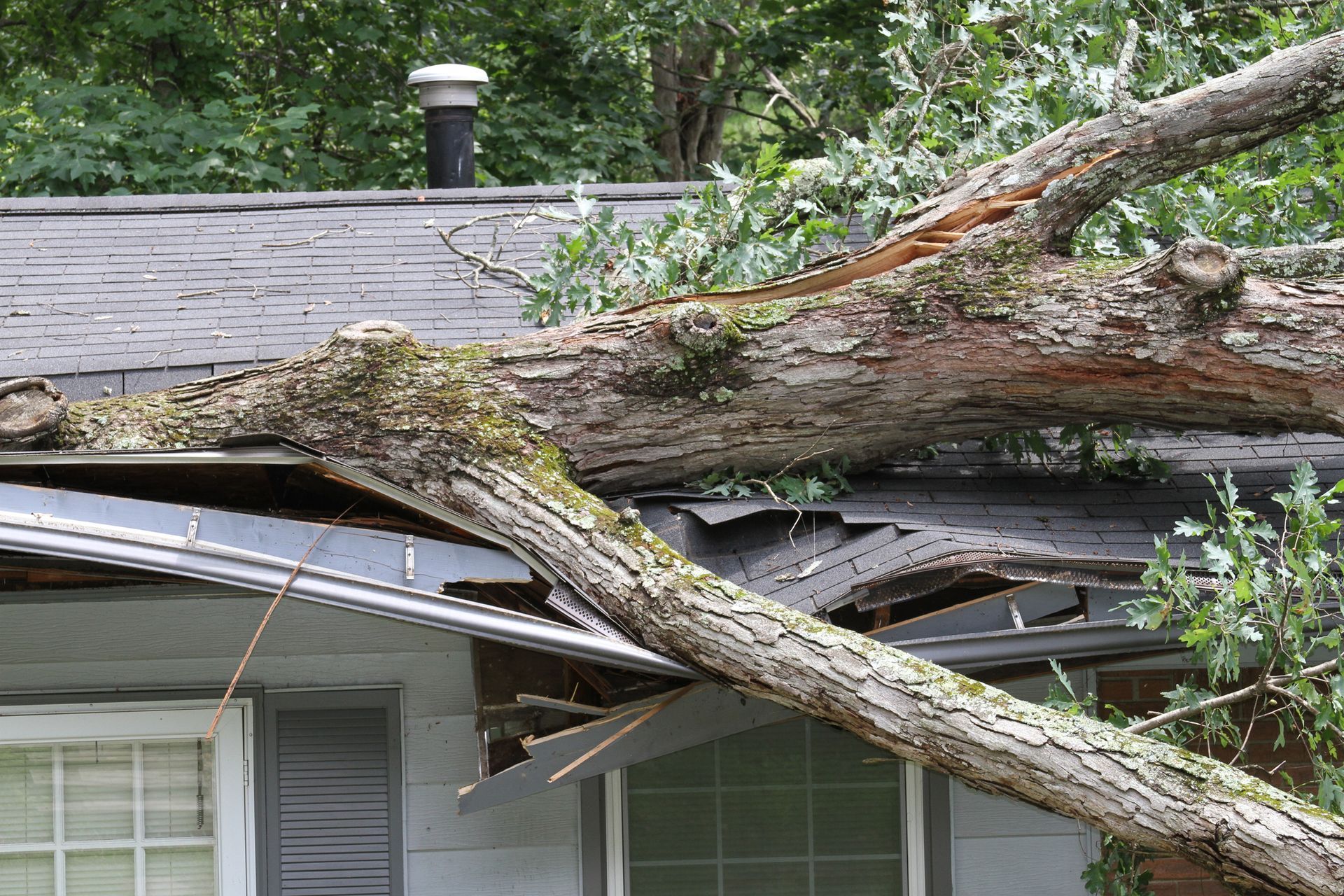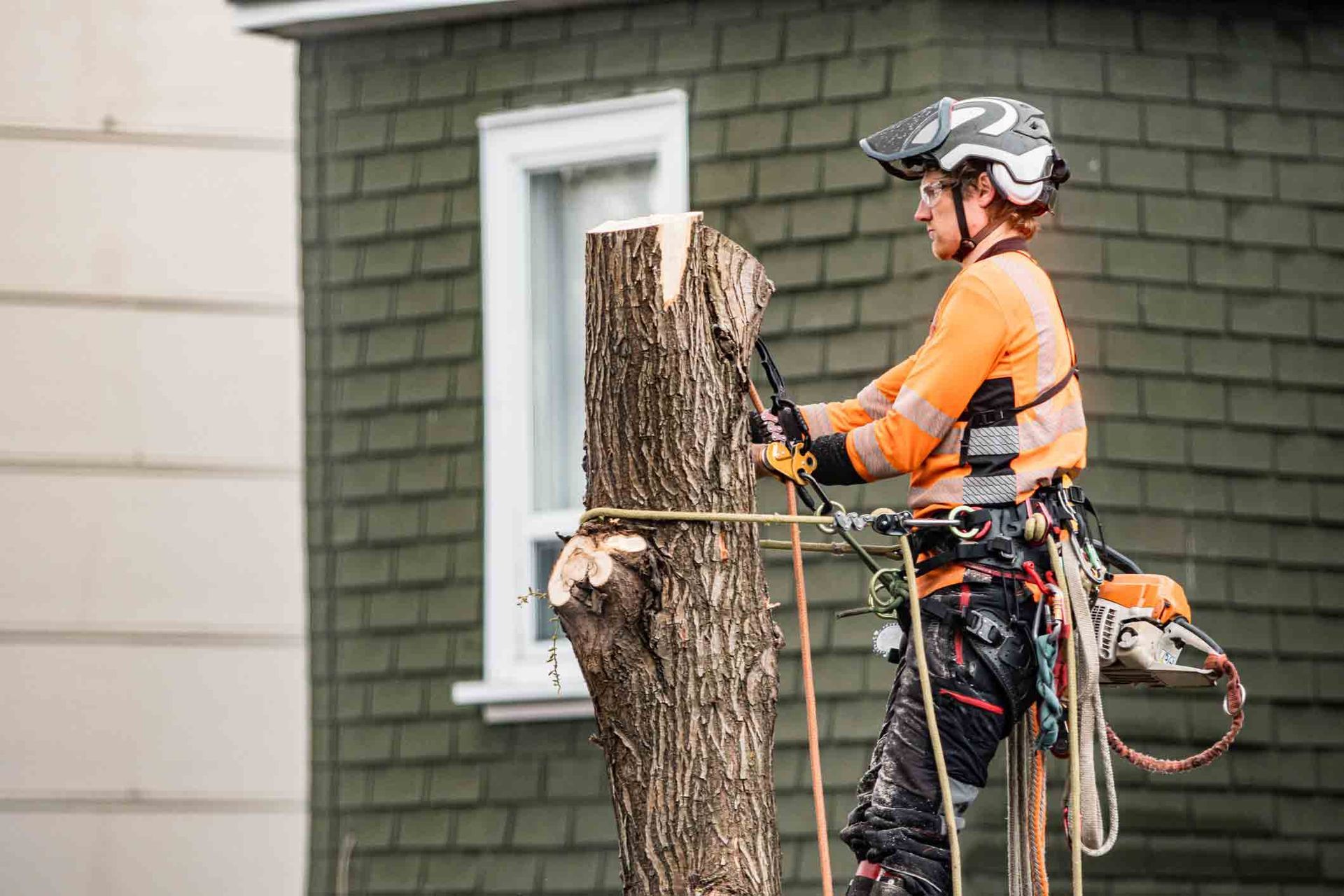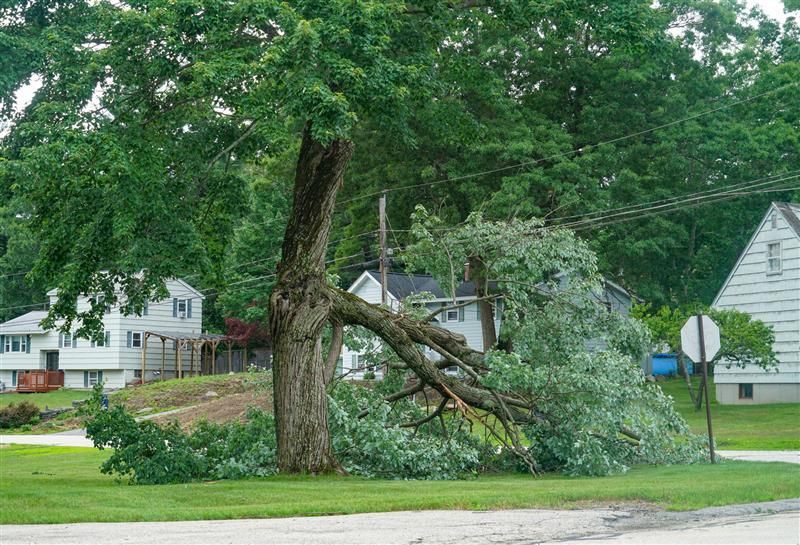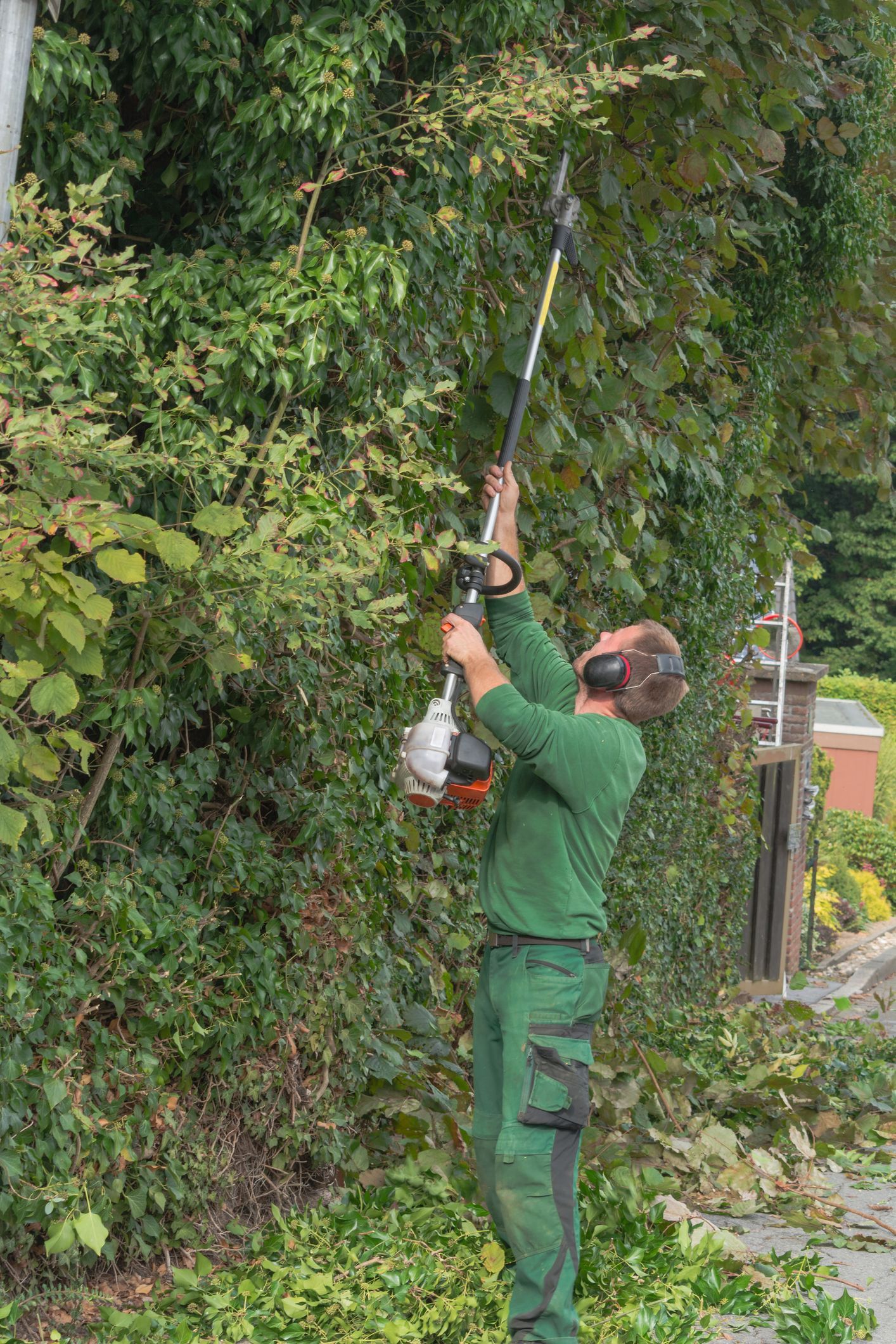Breathing New Energy Into a Struggling Tree
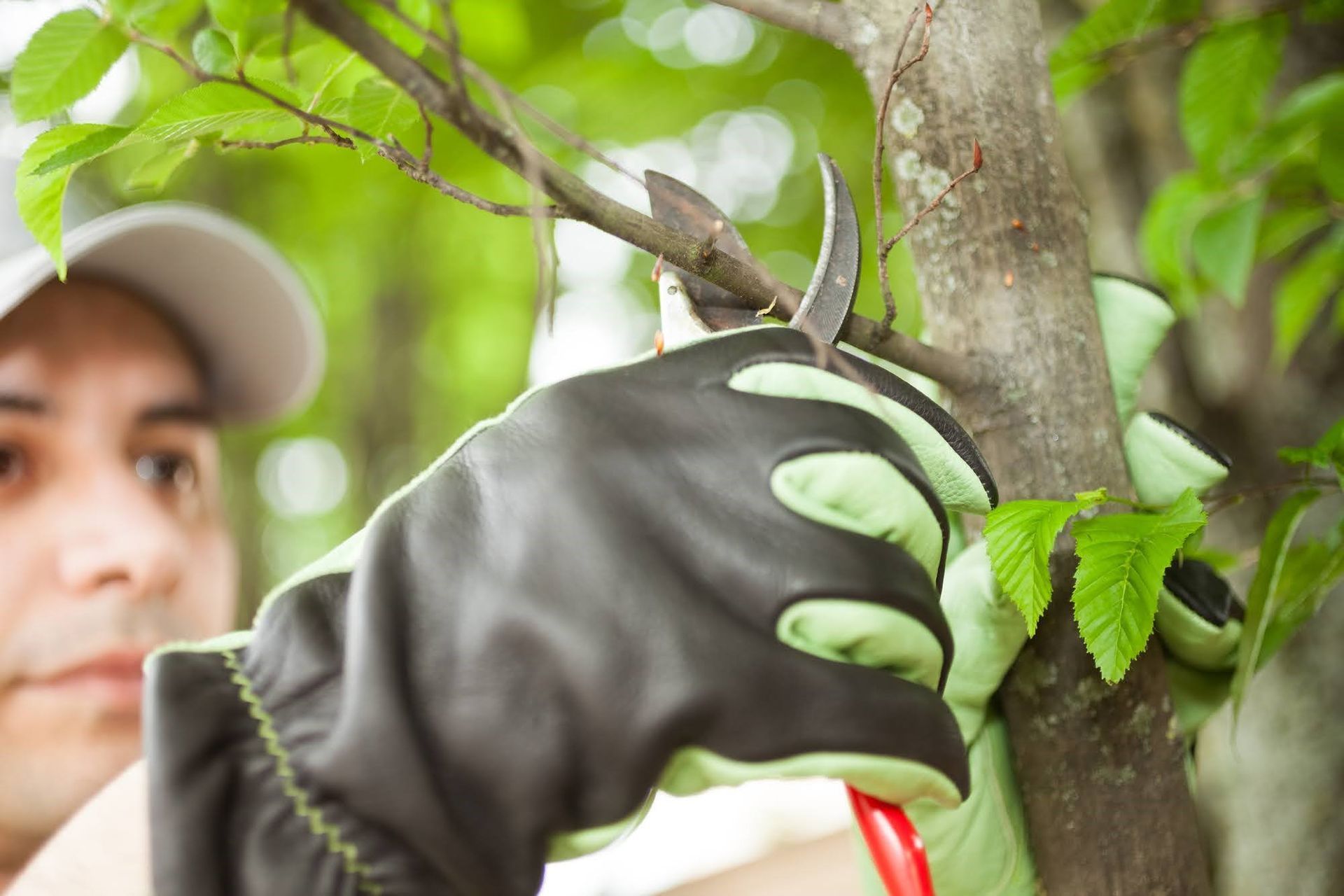
Trees, like any living entity, have their ups and downs. They blossom, flourish, and sometimes wane, navigating the myriad challenges that nature unfurls. Perhaps you've noticed a tree in your backyard that once stood tall and vibrant, now seemingly weary—its verdant cloak turning a pallid hue. The once chuckling leaves now whisper tales of distress.
But fear not, for trees, much like people, can rebound from their lows. It's time to roll up your sleeves, channel your inner arborist, and learn how to breathe new life into your leafy friends. This isn't just about gardening—it's a rescue mission for the silent sentinels that have graced the earth longer than you have.
Mulch the Base of the Tree
Mulching is a fundamental practice that can significantly contribute to the health and vitality of a tree. At its core, mulching involves placing an organic or inorganic material around the base of the tree. This simple but effective action serves multiple purposes.
First, it aids in preserving soil moisture. Trees, particularly those already struggling, need a reliable water source to rejuvenate their systems. Mulch acts as a protective barrier, reducing the rate of water evaporation from the soil. It also ensures that the tree's roots have access to the hydration they need to thrive.
Second, mulch helps moderate soil temperature, shielding the tree's roots from extreme heat in the summer and icy conditions in the winter. The mulch serves as insulation, regulating the temperature of the soil and preventing rapid fluctuations.
The benefits of mulching, however, extend beyond just these physical protections. As organic mulch decomposes, it enriches the soil with vital nutrients that the tree absorbs. This natural fertilizer helps bolster the tree's growth and overall health.
This makes mulching conducive to a tree's recovery and resurgence, making it an indispensable tool in your tree-reviving toolkit. But avoid piling the mulch like a volcano, as it can trap moisture around the trunk, leading to rot and pest damage.
Prune the Tree
Pruning goes beyond simple landscaping aesthetics. It is akin to a highly skilled surgeon performing a strategic operation, removing parts of the tree that are inhibiting its full potential.
With careful precision, pruning can trim away dead, diseased, or pest-infested branches, halting the spread of decay and preventing further deterioration of the tree's health. This targeted removal is like hitting a reset button for the tree, allowing it to redirect its valuable resources—nutrients, water, and energy—toward fostering robust growth and recovery.
In addition, by allowing more sunlight and air circulation through the tree's canopy, pruning cultivates an environment conducive to growth and vitality. But this isn't a haphazard task—it's an art intertwined with science that requires understanding the tree's unique language and needs.
Proper pruning considers the tree's biological cycles and rhythms. For instance, pruning during late winter or early spring, just before a new growth cycle begins, can optimize the tree's healing and rejuvenation.
Moreover, every cut made during pruning should be done with intent and respect for the tree's integrity, as improper or excessive cuts can cause more harm than good. This means knowing where and how to make cuts and taking care not to leave stubs or make flush cuts that can impede the tree's natural healing process.
A struggling tree doesn't have to signal the end of its life. With these few strategies, you can revitalize your tree and watch it thrive. Remember to be patient, as it may take several growing seasons to notice significant changes.
If you need professional help, talk to us at
Baumann Tree. We have a team of experienced experts who can provide quality advice and assistance to bring your tree back to its former glory.
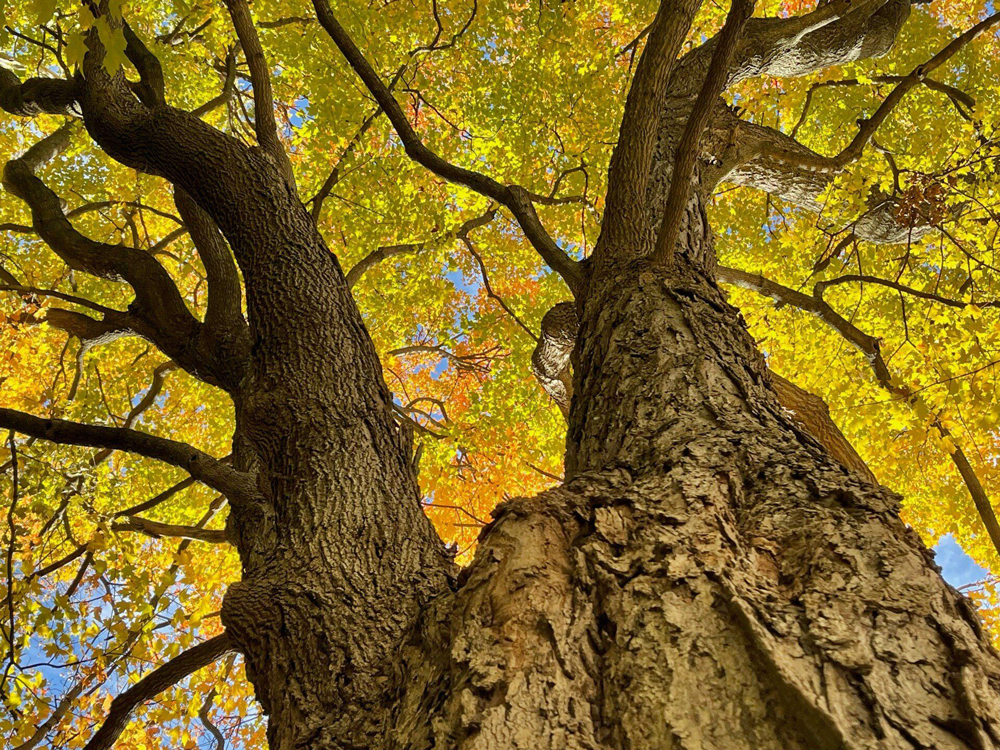
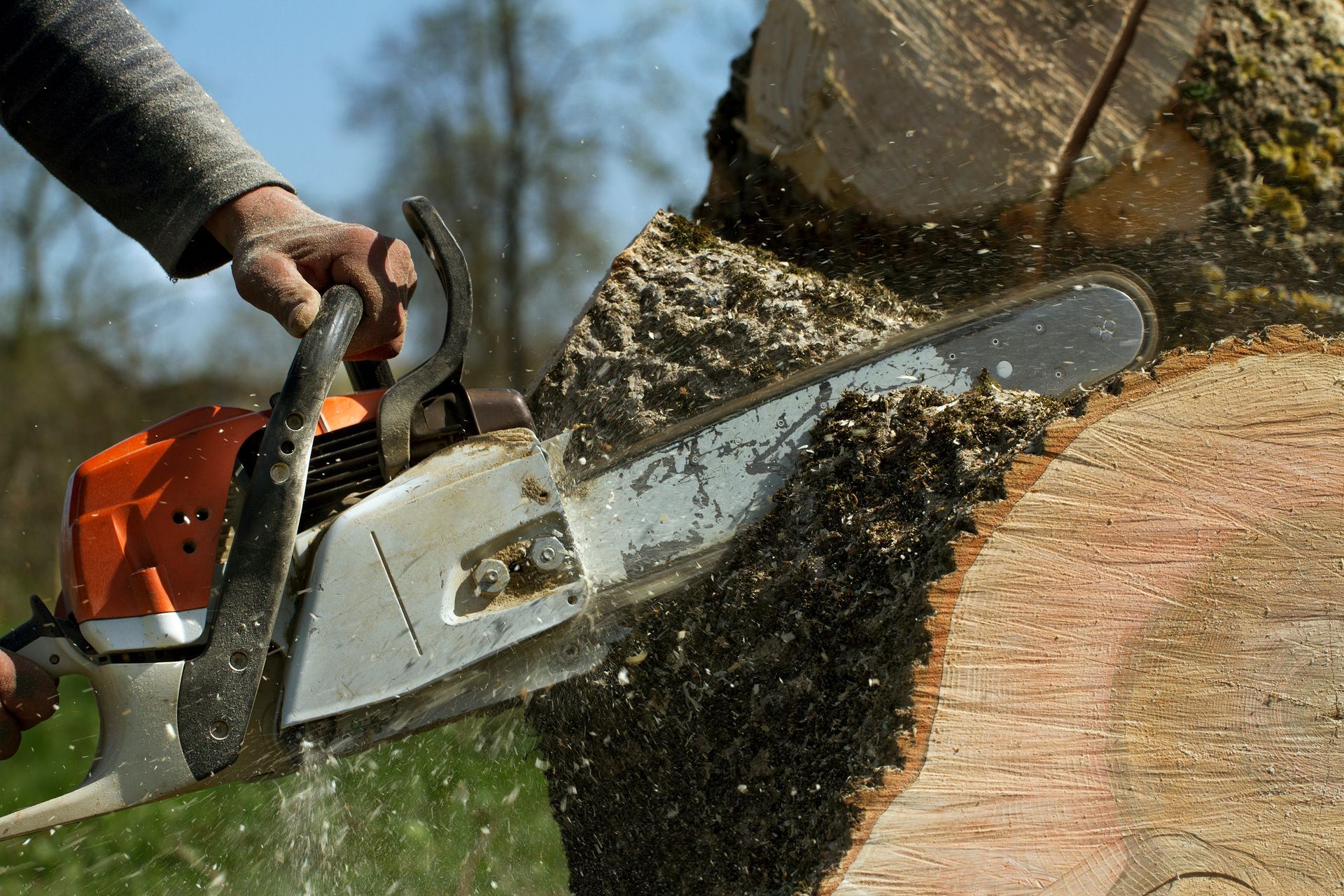
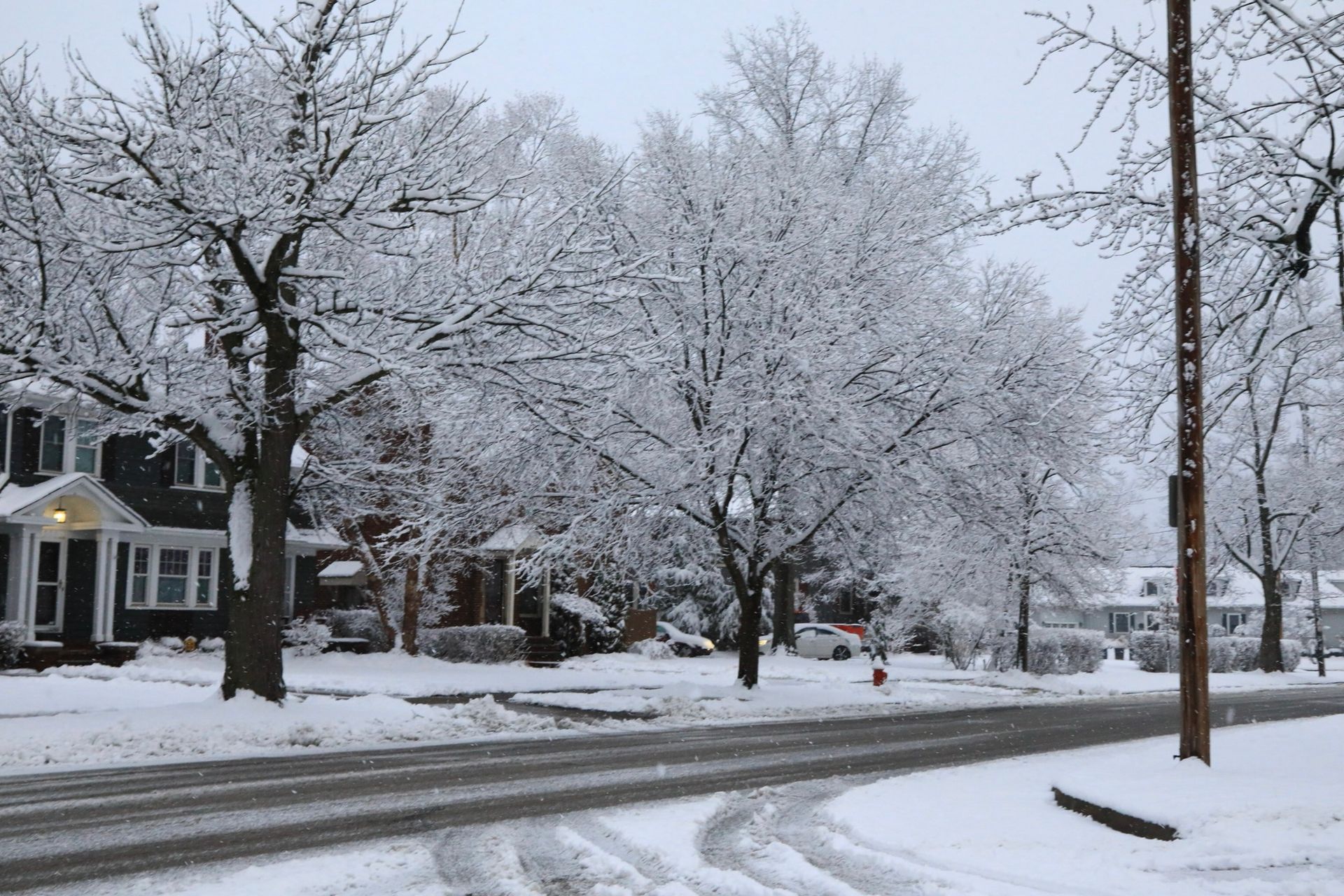
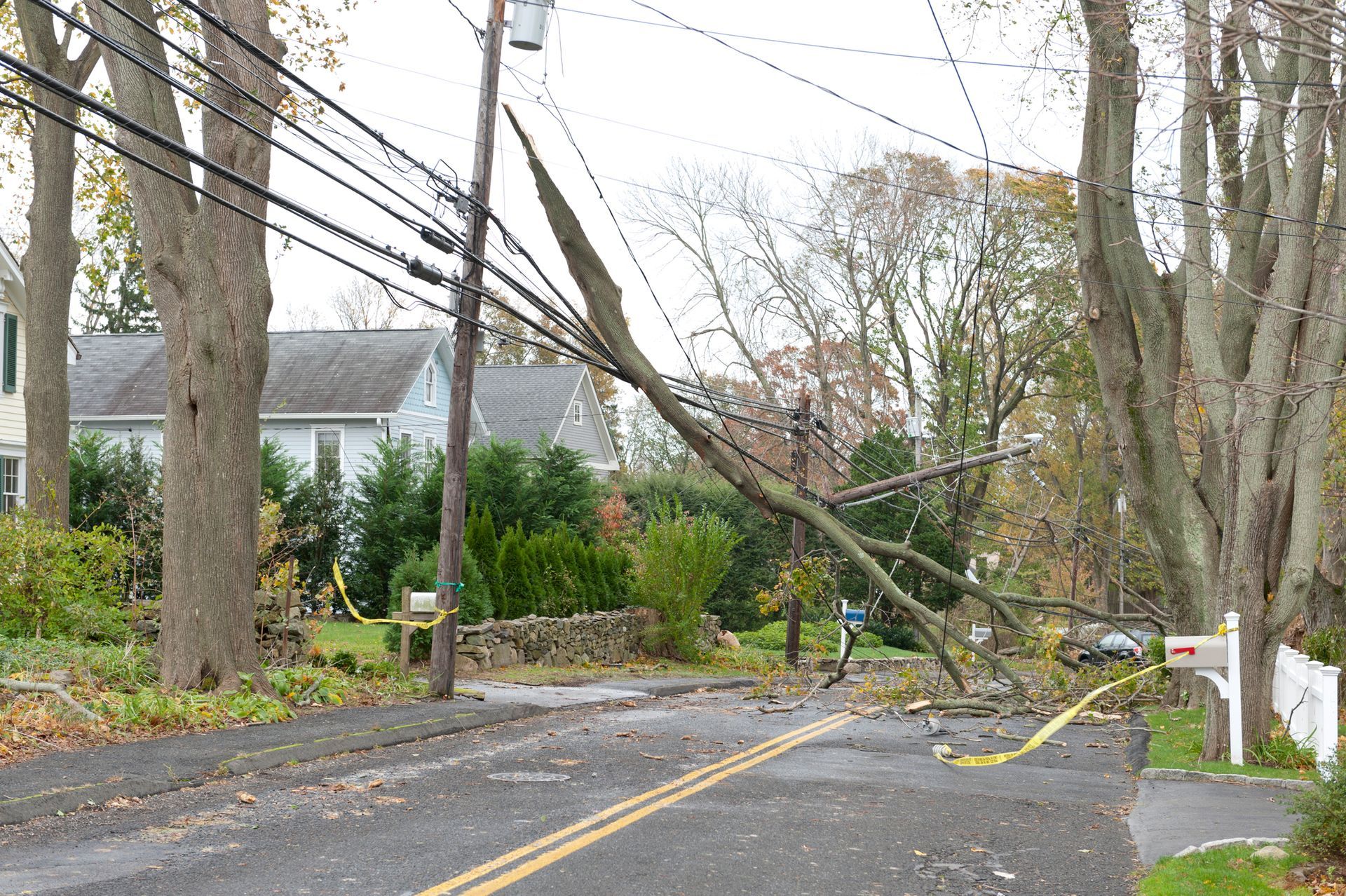
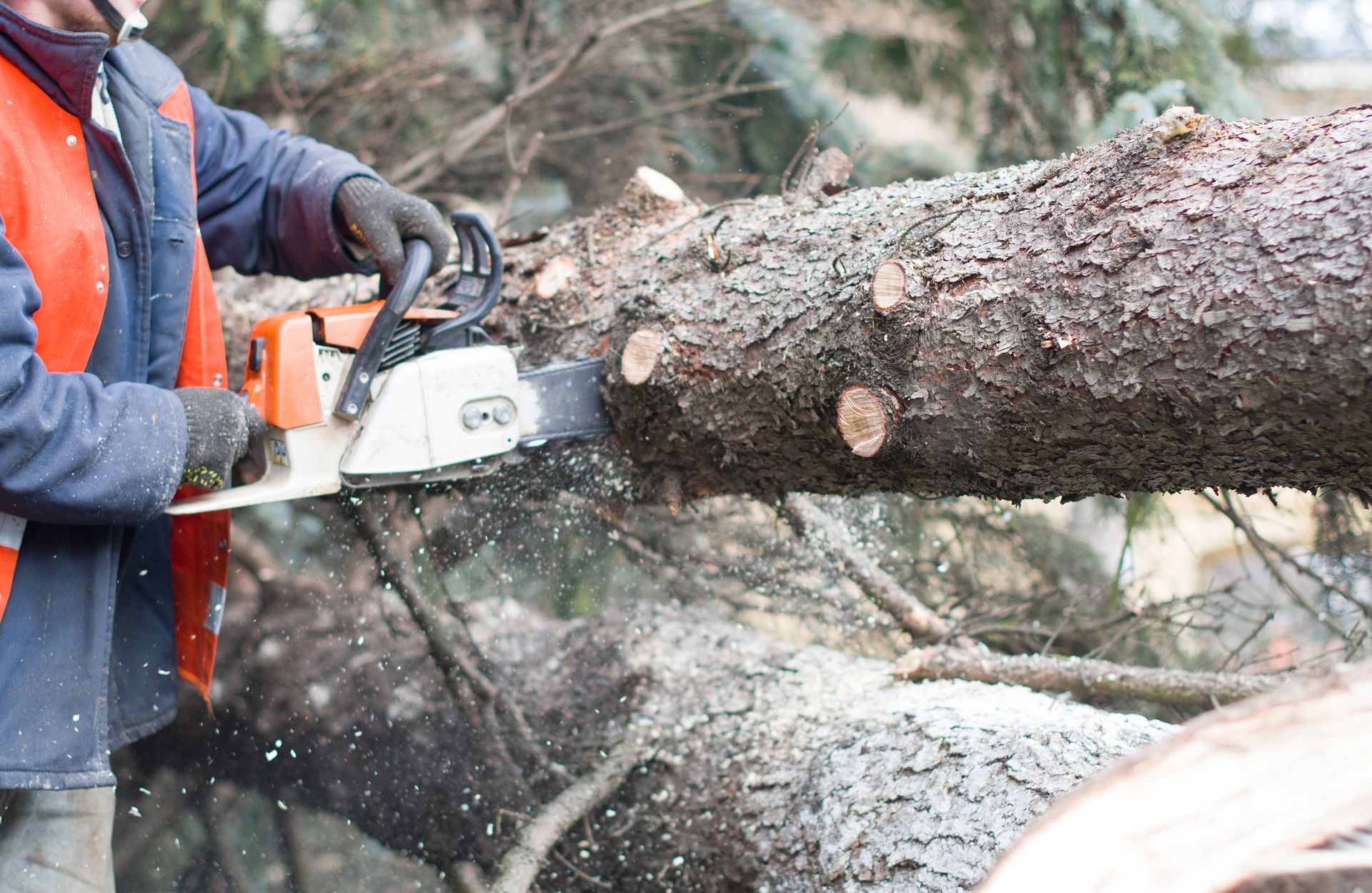
Address
Hours of Operation
- Mon - Fri
- -
- Sat - Sun
- Closed


